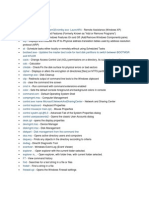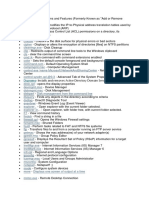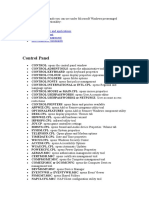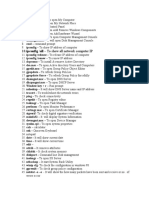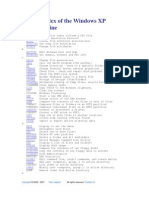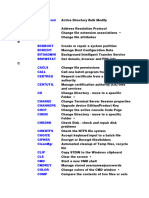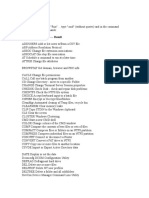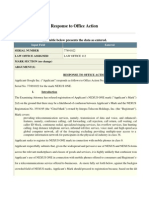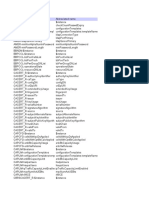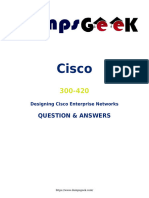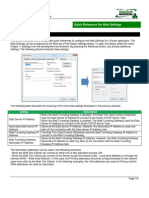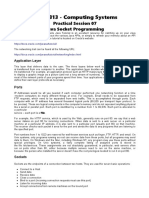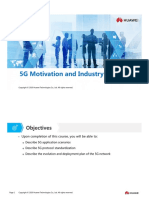0% found this document useful (0 votes)
126 views4 pagesWindows Commands For Soc
The document provides a comprehensive list of basic Windows commands specifically tailored for Security Operations Center (SOC) analysts. It covers various categories including system information, user management, process management, security controls, network connectivity, disk management, and advanced PowerShell commands. Each command is briefly described to assist analysts in performing their tasks efficiently.
Uploaded by
cursos.gratis.premium01Copyright
© © All Rights Reserved
We take content rights seriously. If you suspect this is your content, claim it here.
Available Formats
Download as PDF, TXT or read online on Scribd
0% found this document useful (0 votes)
126 views4 pagesWindows Commands For Soc
The document provides a comprehensive list of basic Windows commands specifically tailored for Security Operations Center (SOC) analysts. It covers various categories including system information, user management, process management, security controls, network connectivity, disk management, and advanced PowerShell commands. Each command is briefly described to assist analysts in performing their tasks efficiently.
Uploaded by
cursos.gratis.premium01Copyright
© © All Rights Reserved
We take content rights seriously. If you suspect this is your content, claim it here.
Available Formats
Download as PDF, TXT or read online on Scribd
/ 4




